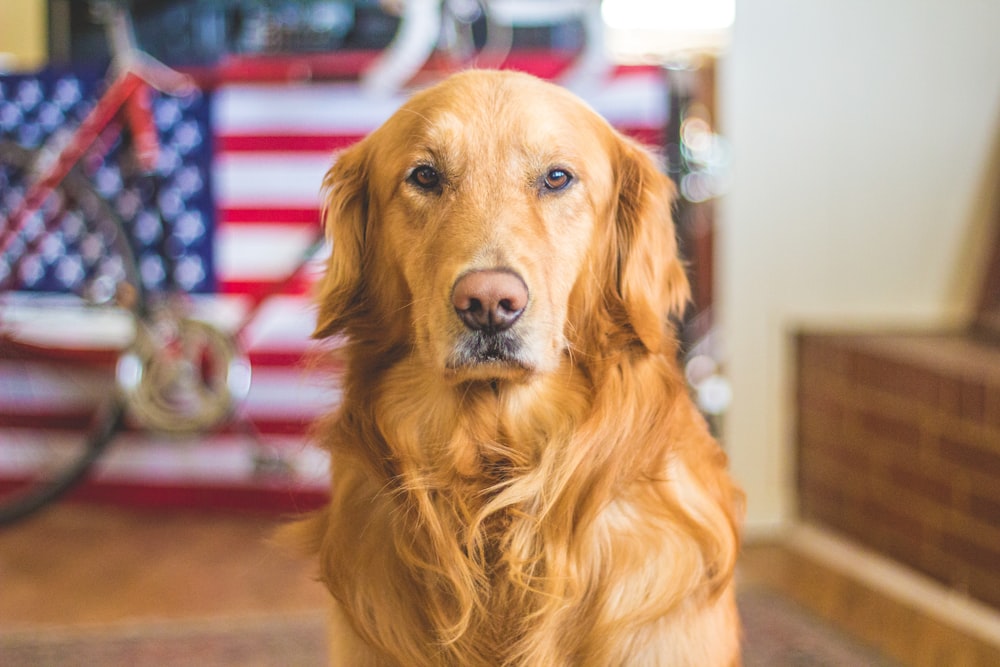 Crate training puppies has received a bad reputation in many articles and symposiums on dog care, but there are logical reasons for using a crate to train your pup. No one wants to see dogs that have to live in crates, but they are valuable for house-breaking your dog, and also for being a “chill out” place where your dog can relax without human interruption. Especially if you have young children who want to play all the time, your pup may actually appreciate a little “crate time” to rest, and get away from the little hands for awhile.
Crate training puppies has received a bad reputation in many articles and symposiums on dog care, but there are logical reasons for using a crate to train your pup. No one wants to see dogs that have to live in crates, but they are valuable for house-breaking your dog, and also for being a “chill out” place where your dog can relax without human interruption. Especially if you have young children who want to play all the time, your pup may actually appreciate a little “crate time” to rest, and get away from the little hands for awhile.
You will be helping your dog if you teach him what a crate is for. It’s valuable for traveling, for rest after an illness or injury, and for trips to the vet. When I lived in a house with rescue dogs, we had a crate for each dog even though they ran loose when we were home. At bedtime, most of the dogs headed for their own crates, and sacked out, with the doors open. A crate doesn’t have to be a cell or a dungeon; it can be a nice sleeping place.
Crate training puppies is also a valuable training tool if your pups are in that stage of life when they think everything is a chew toy. You can save a lot of wear and tear on your furniture, clothing, etc. if your dog has a crate full of chew toys. Always supervise your puppy if he has a rawhide bone or the like, in case he would have a choking problem.
Using a crate is a good way to help housebreak your pup, as well. The crate should be the right size for your dog – not too big and not too small. The dog will not usually soil an area where he will be sleeping, and a giant crate gives him the option of urinating and sleeping in the same place. He should rest comfortably in his crate, and it should be small enough that he won’t want to urinate or defecate there, because it is his sleeping area.
If your pup exhibits signs of separation anxiety, the crate can be a place of refuge for him when you have to leave him, to go to work, as most of us must do. You don’t even have to close the crate door if you don’t want to – he will be able to rest quietly in his crate, so that he won’t get all spastic and upset when you leave him. Some dogs just can’t handle the separation, and they truly pine for you while you’re away. They need to be able to relax and chill out while you are gone, and a crate is a place where this can happen. This is a very humane reason for crate training puppies.
Many trainers recommend that crate training puppies be done in your bedroom, where you sleep. Personally, I like my dog to sleep on the bed with me, but if you want a dog-free bed, the crate is a good alternative. And if you train him to crate up first, when he’s a pup, you can always invite him into your bed later on, when he’s not so bouncy and boisterous, so you can get some sleep.
Don’t give your pup attention when he cries in his crate. I know it sounds cruel, but he needs to learn that it’s OK for him to be alone in his crate and accept that alone time. Don’t reward his crying with attention, because it will defeat the purpose of training him to stay in the crate. If you use your bedroom for training, he will eventually relax and sleep when you do, so that is an excellent first step in getting your pup used to a crate.
Your Pets Health


